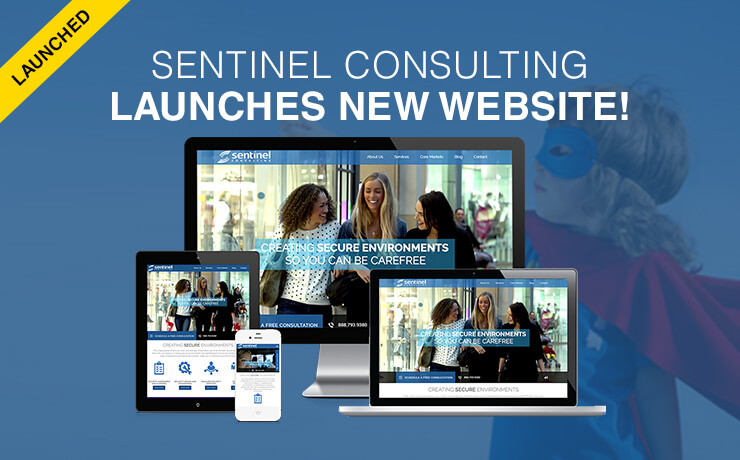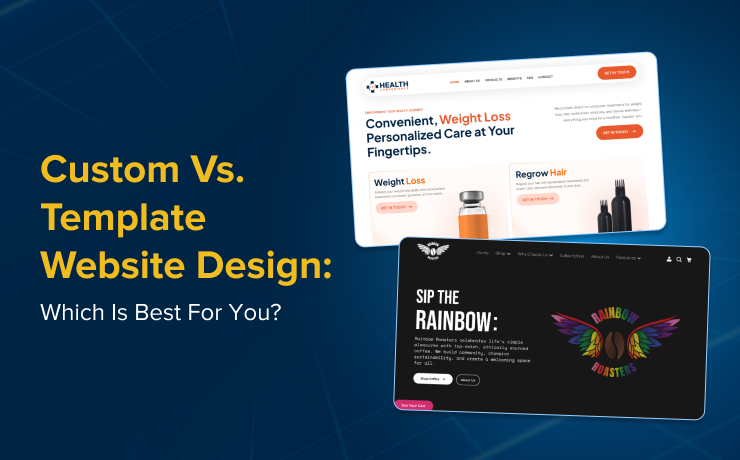
If you’re thinking of starting a new retail website, you need to know a few things about web design to stay ahead of your competitors. For example, the retail business web design needs to be concise, attractive, snappy and to highlight your values as well. Although retail websites are slightly different from the others, it’s possible to start your own and become successful.
It all starts with learning more about retail websites and how to design a good one. Keep reading to learn the web design essentials when it comes to retail websites.
Choose Your Retail Website Platform and Domain Name
You might be happy to find out that there are a plethora of retail website platforms to choose from. These platforms will host your website and this means that their servers will make the website available 24/7, 365 days a year. Some of the most popular platforms include Shopify, Wix, Squarespace and more. You should learn more about these platforms, compare their pros and cons and pick the one that ticks all your boxes. Also, make sure that you pick a good domain name, something that would stick into the minds of your future customers.
Come Up With an Attractive Design
Now that you have a platform, the fun part begins. It’s time to create an attractive design for your website and make it visually appealing. If you have no design experience, you should work with a professional website designer. There’s no way around this, so make sure that you pick an experienced one. You can also use certain website themes that can be easily implemented and save you time and money. Keep in mind that you might need some basic understanding of programming languages if you want to go this route, but you can learn everything from the internet as well.
Work on Your Call to Action
Once you have your website up and running, you should craft appropriate and interesting call to action buttons. These are basically the “magic” buttons that visitors click to buy your products and services, subscribe to your newsletter or perform any other task you want them to do. There is a thing called “A/B” testing which is basically a tool that allows you to test two different things on a large group of people and see which one works best.
Make sure that you experiment with different call to actions and use A/B testing from time to time to get some real world feedback. Ideally, your call to actions should be concise, easy to understand and positioned in the right place throughout your website.
Choose the Right Payment System
A retail website without a payment gateway is virtually useless because you cannot make any money at all. Make sure that you spend some time researching different payment methods such as Paypal, Skrill and others. These are the most popular payment processors and they are frequently used by billions of people worldwide. The next step would be to implement those payment processors within your website and ensure that every payment is safe and encrypted. Here you might also need the help of a professional website designer, especially since you need to comply with certain rules and regulations to keep every payment secure.
Work on SEO
SEO stands for search engine optimization and these are tools and techniques to make your website rank higher in search engine result pages. In other words, SEO makes your website more visible among thousands or millions of websites just like yours. Make sure that you spend some time optimizing your website pages by using the right keywords, titles and product descriptions. Working on SEO is an ongoing affair, so again you might need to hire a SEO specialist to help you in this case.
Know Your Audience
Lastly, knowing your audience is also an important step in making your retail website successful. Make sure that you get to know your audience better, so that you can sell the right things to the right people. For example, you should ask your past clients and visitors to leave comments and pose questions about your particular products and services.
Similarly, you might want to use Facebook tools to better define your audience based on demographics, income level, activity, interests, and other factors. By doing your homework correctly, you might be able to find a specific group of people that are interested in the products and services you sell and routinely advertise to them to get the biggest ROI. This is a matter of trial and error, so be patient until you see some good results.
 Free
Consultation
Free
Consultation Free
Google Ads Audit
Free
Google Ads Audit








